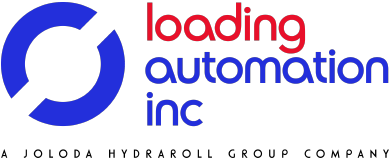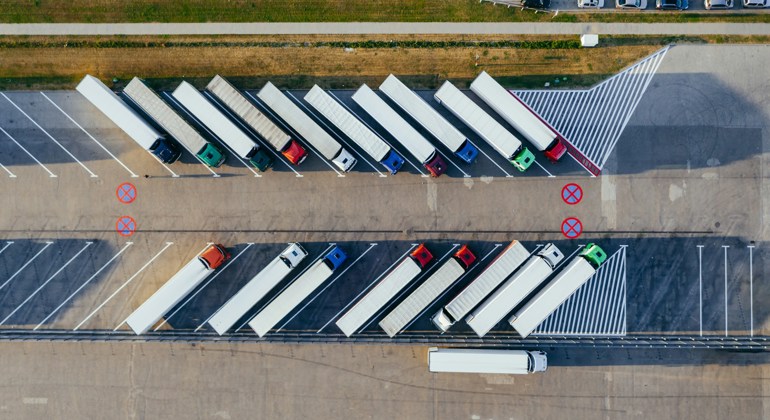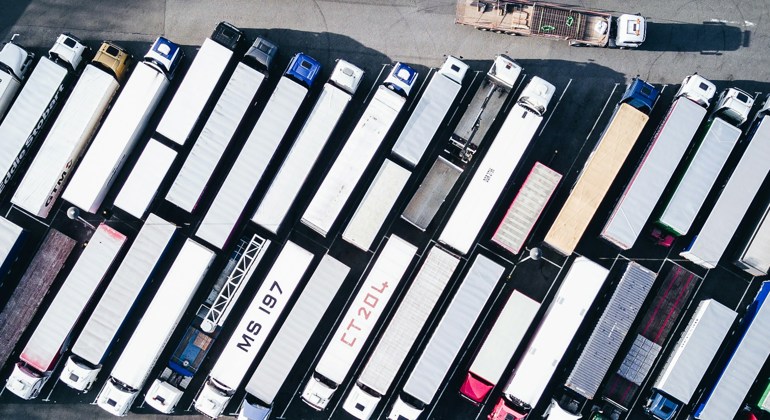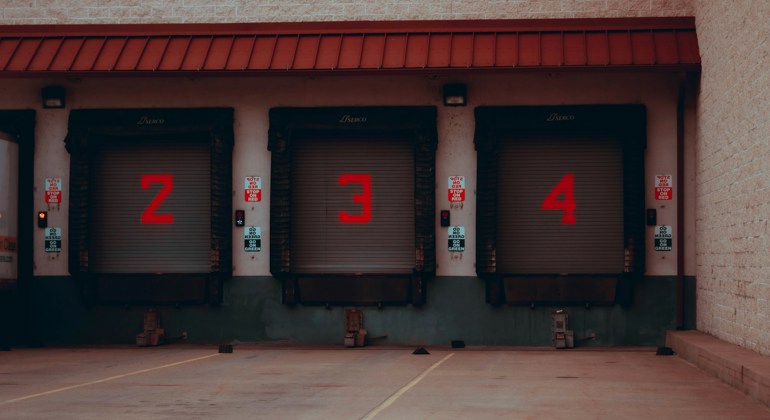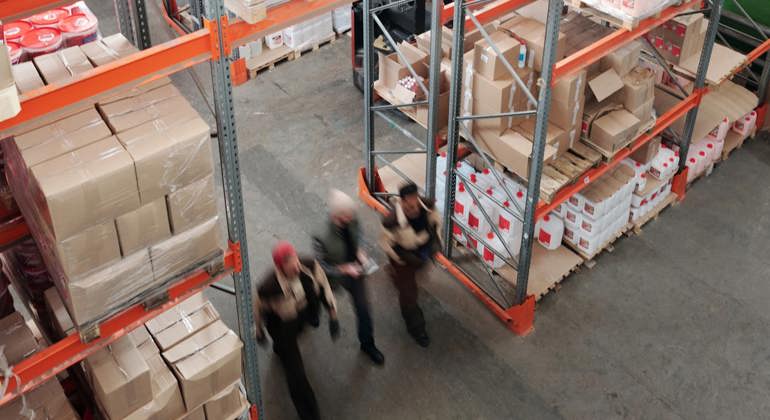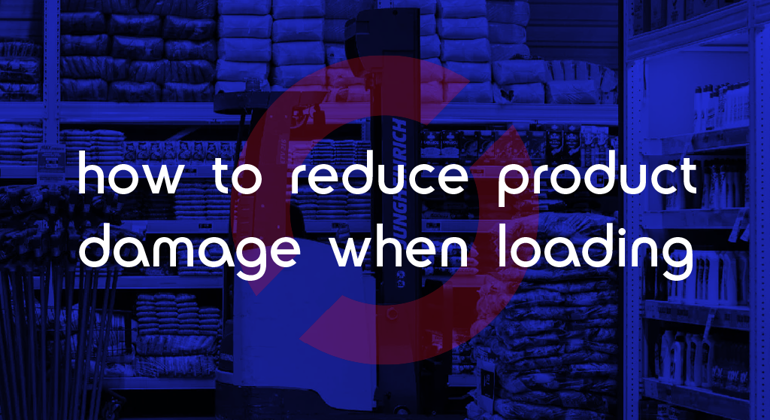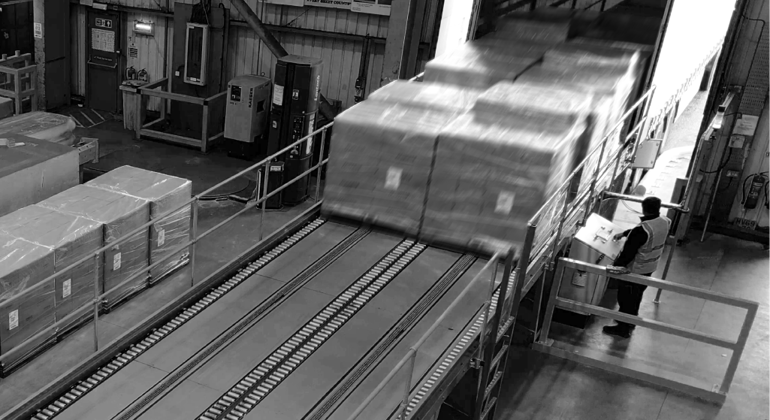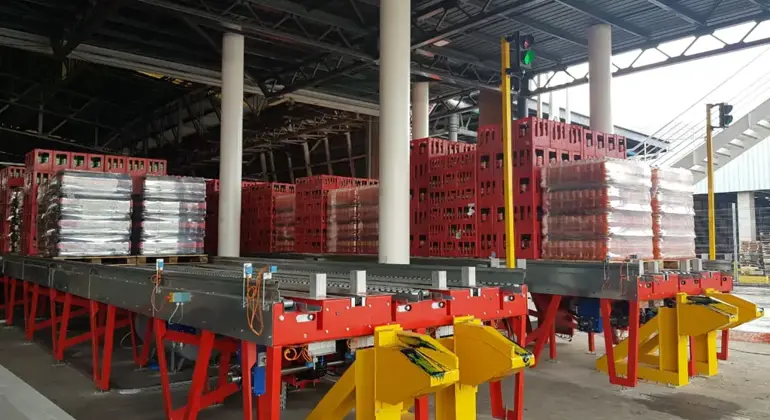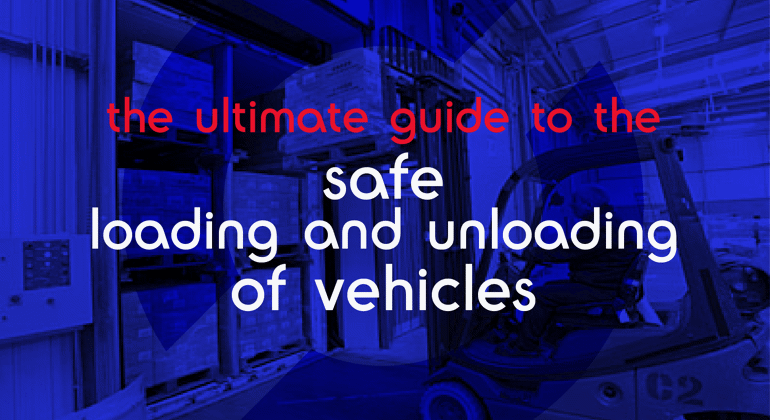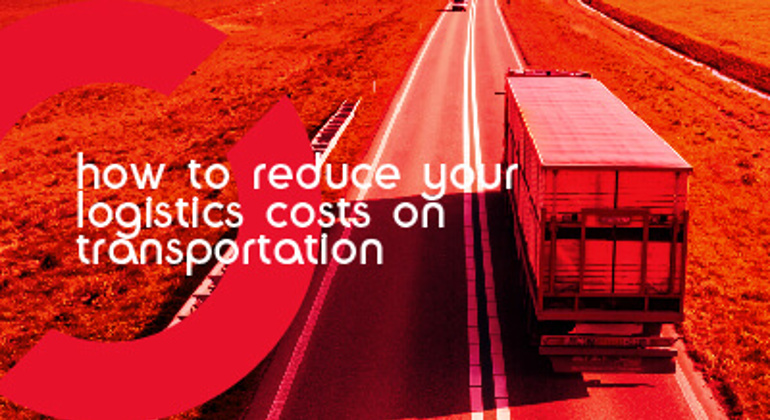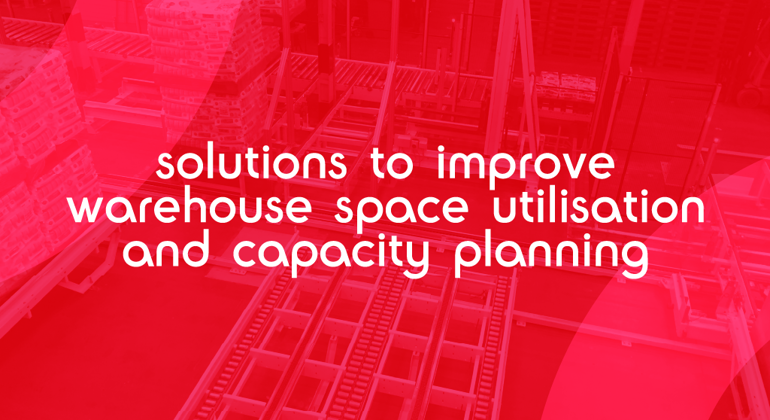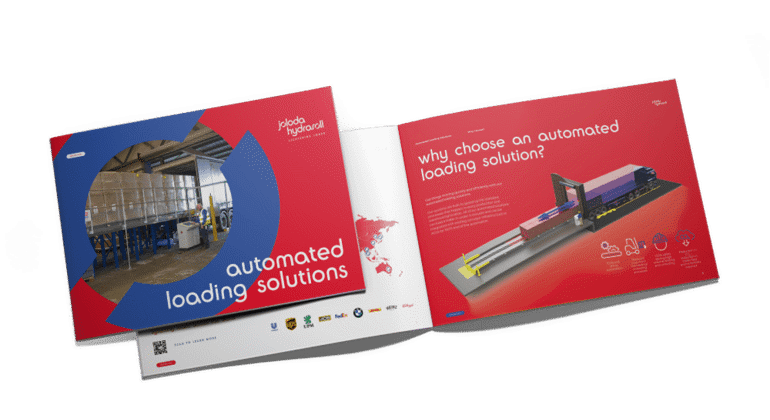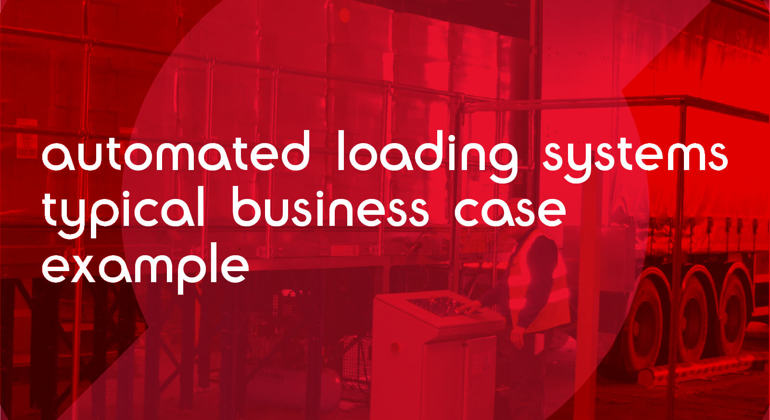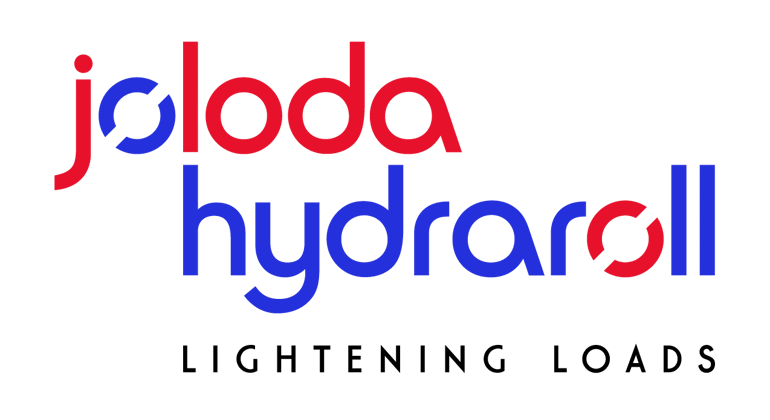Automated trailer loading systems eliminate the need for forklift operators in loading and unloading and reduce the number of truck drivers required. A typical trailer loaded with 26 pallets can take anywhere between 35 and 45 minutes to load and unload, whereas automating the loading process can minimise this to as little as two minutes.
This isn’t the only labour cost an ATLS can lower. Businesses can cut costs associated with the recruitment of labour, employees’ salaries and of induction and on-going training requirements. After installing an ATLS, management costs, such as the cost of employing a management team to organise forklift drivers and truck drivers, and of varying staff levels due to absenteeism, will also fall.
Although downsizing a workforce is frowned upon slightly, doing so lowers the risk of bottlenecks from the shuttle run loading operation. Meanwhile, the other benefits of automating the loading and unloading processes allows the factories to boost production volumes. The company can then increase production teams, redeploy staff or hire new workers.
This automated and streamlined process means less human intervention during the loading operation and reduces the likelihood of errors and accidents in the production process, and the loading bay, one of the most dangerous areas of any factory.
